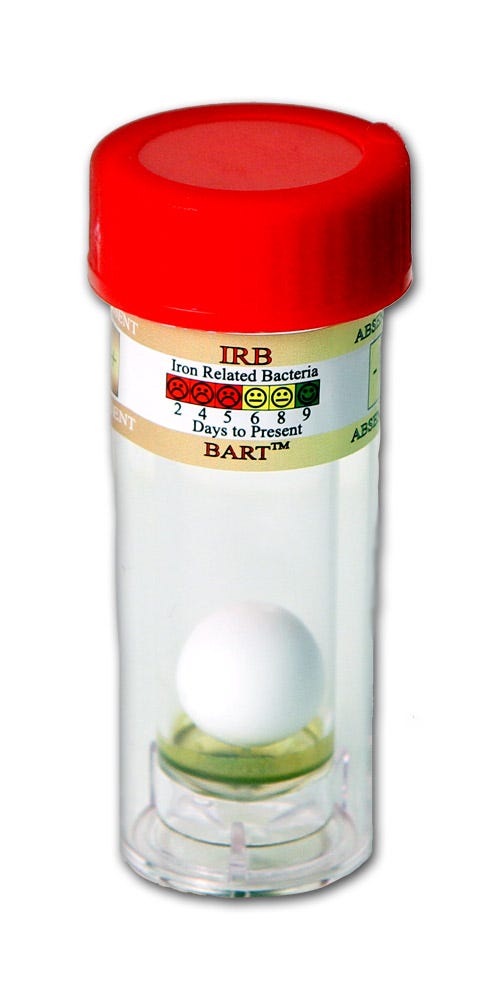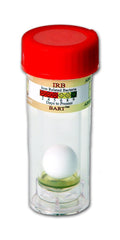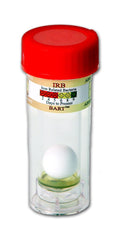SIGN UP FOR OUR NEWSLETTER
Receive our latest updates about our products & promotions.



Order by 12 PM EST and this system will be on its way the very next day.
Free standard shipping on most products over $199.
Free shipping on most products over $199. Freight orders excluded. Speak to a water expert for more details.
Our Master Water Specialists and Certified Water Specialists review your water analysis and address your specific water problems. WE then design a system that we'll guarantee will solve your water problem(s) and back it with our One-Year Money Back Promise (Guarantee).
It all starts with a Laboratory Test of your water. Then, our Master Water Specialists and Certified Water Specialists will review the results of your water analysis and scientifically discuss the best way to treat your water, provide on estimate of how to do that, and then we provide you a One-Year Guarantee of Satisfaction. It's our Promise to You that our system will do what we say or we will give you your money back*
Iron Bacteria presents many problems, so an accurate determination of its presence is crucial to appropriate treatment. Iron Reducing Bacteria (IRB) cause aesthetic problems with the water such as taste, odor and staining of laundry and fixtures. The most common indication of iron bacteria in the water supply is a reddish-brown or yellowish gelatinous slime in water tanks, faucets, toilet tanks, and plumbing. These nuisance bacteria may cause corrosion to treatment equipment, clog screens and pipes, and have a foul odor. Here are a few of the common problems assocviated with Iron Reducing Bacteria:
TASTES AND ODORS - Iron bacteria often produce unpleasant tastes and odors commonly reported as: "swampy," "oily or petroleum," "cucumber," "sewage," "rotten vegetation," or "musty." The taste or odor may be more noticeable after the water has not been used for some time. Iron bacteria do not produce hydrogen sulfide, the "rotten egg" smell, but do create an environment where sulfur bacteria can grow and produce hydrogen sulfide.
COLOR - Iron bacteria will usually cause yellow, orange, red, or brown stains and colored water. It is also sometimes possible to see a rainbow colored, oil-like sheen on the water.
RED SLIMY DEPOSITS - Iron bacteria produce a sticky slime which is typically rusty in color, but may be yellow, brown, or grey. A "feathery," or filamentous growth may also be seen, particularly in standing water such as a toilet tank.
The characteristics listed above are typical of iron bacteria. However, objectionable stains, tastes, or odors may be due to other causes including iron, sulfate, hydrogen sulfide, manganese, or other nuisance organisms such as sulfur bacteria.
The time taken for a color change (reaction) to occur gives a measure of the population size and activity. A color change occurs in the BART tube as a result of the oxygen gradient diffusing from the bottom upward. The change of color indicates a presence of bacteria within that sample. Interpretation is provided with the kit.
Full instructions for the use of BART biodetectors are included with your purchase. Each individual test consists of:
You can purchase either the Iron Related Bacteria (IRB) Test or the Sulfate Reducing Bacteria Test, but it is generally best to purchase both and you get a discount for doings so.

Receive our latest updates about our products & promotions.
Thanks for subscribing!
This email has been registered!